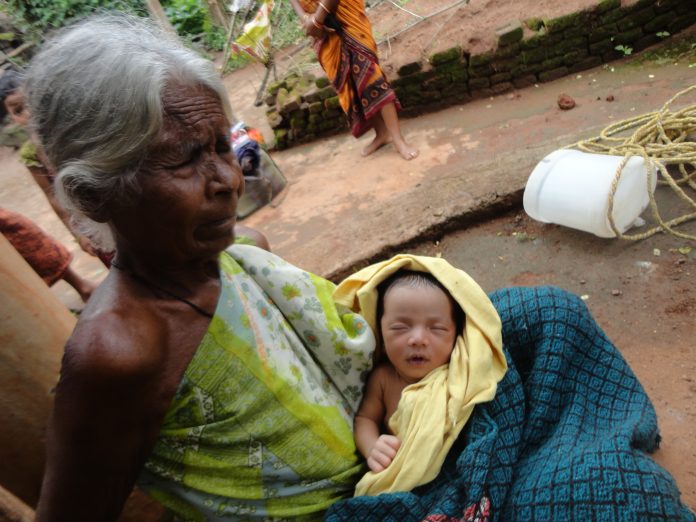Know the indigenous culture and reproductive health practices of Gadaba
Pregnancy and Antenatal Practices
The women of Gadaba community, usually viewed pregnancy as a normal physiologic phenomenon that does not require any intervention by health care professionals. Discontinuation of menstruation is an indication of conception. When a Gadaba woman got to know that she is pregnant, she informed the eldest women and to her husband. During this period the women take care of themselves. But they believe that the more they engage themselves in household activities, the easier the delivery will be. Even they go outside for wage earning work. At this time also she is doing every works like sweeping, cleaning utensils, moping, fetching water, cooking, etc. The help of health worker is sought for vaccination. With nearing the delivery time, she resume herself mostly confined to the domestic work only. No special diet is given to pregnant women.
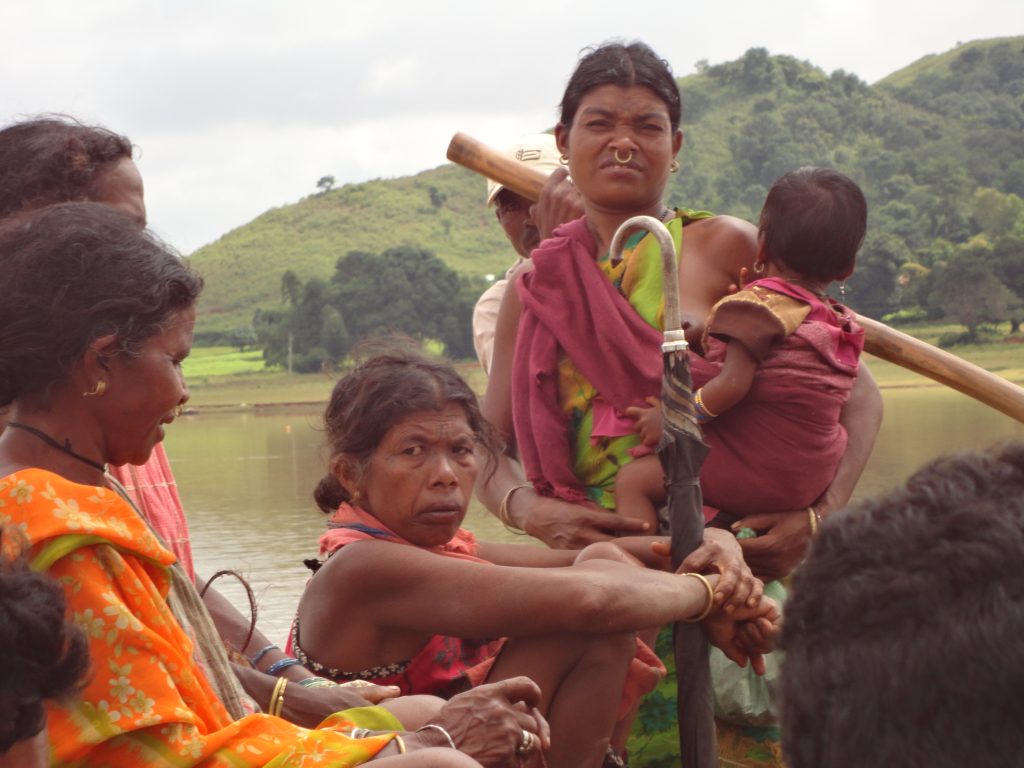
For any complication during pregnancy time they visit to bandkinini. Only in the event of a serious problem will pregnant women seek medical advice. Nutrition-related practices during pregnancy are based on a belief that ‘hot’ foods are harmful and ‘cold’ foods are beneficial. Because pregnancy generates a hot state, pregnant women are advised to attain balance by eating cold food andavoiding hot food. Cold foods are recommended in early pregnancy to avoid miscarriage. Hot foods are encouraged during the last stages of pregnancy to facilitate labour. Pregnant women do not consume alcohol during pregnancy. They are not taking any kind of nutritious food during these days. They take their meal as they take in their normal days. Some women believe that excessive eating during pregnancy may result in a large foetus and difficult labour.
There are no restrictions applied to physical activity during pregnancy. Women from lower socioeconomic classes may continue their daily activities until labour starts, including carrying heavy loads. Even they go outside for the wage earning work. However tetanus, folic acid and iron tablets are given to the expected mother during their gestation period by the health worker. The government sponsored maternal and child health programme (MCH) in India recommended 2 TT between 4th and 9th month of pregnancy and 100 folic acid tablets in 3 phases for each expected mother. TT and table are given by the health worker.
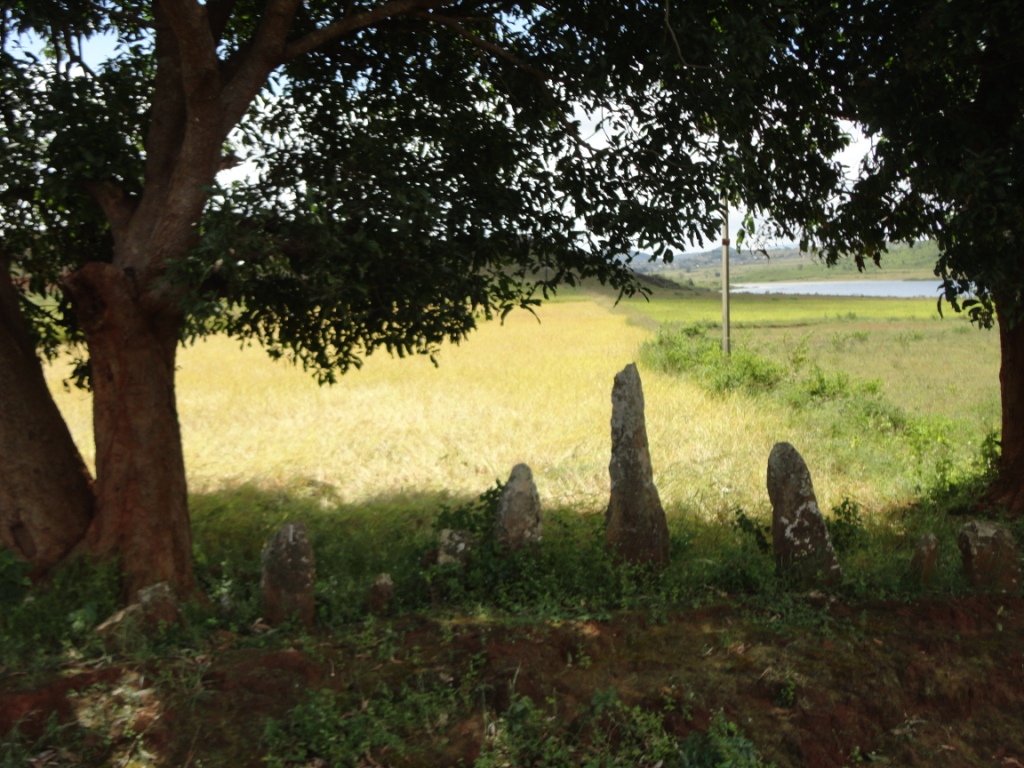
The study shows that maximum mothers received complete antenatal care. Labouring women are isolated due to birth-related pollution beliefs. But now a day’s most women visit hospital for delivery as they receive Rs 5000 (as per the MAMATA jyojana introduce by Odisha government) for havinga delivery at Government hospital. It has also improved the institutional delivery in the village.As soon as the complication starts the pregnant women is shifted to a separate room and the eldest women of the family calls the local bandkinini(the woman who assists the pregnant women; also called ‘dhai’) .
The delivery is conducted in a squatting position. They have a general perception that the delivery is less painful and quicker in this position. Bandkininiapplies pressure on the abdomen and assists the women in delivering the child. After the birth of the child she cuts the umbilical cord with the help of a sharp blade which already sterilized in boiling water.
Postnatal Practices
After delivery bandkininibathes the new born with Castrol oil, turmeric paste, and hot water and the both mother as well as the baby are kept in a separate room until they receive the purification. No one of the family or outside except bandkininitouches the infant till the sutuk(the pollution period) period ends. During the sutukperiod the baby is bathed every day by the bandkininibut the mother abstains from taking bath. When the umbilical cord is dropped, this marks the end of the sutukperiod. The mother and the child take bath and wash their hair too on this day. The bandkininiburies the umbilical cord at the place where they normally bath.
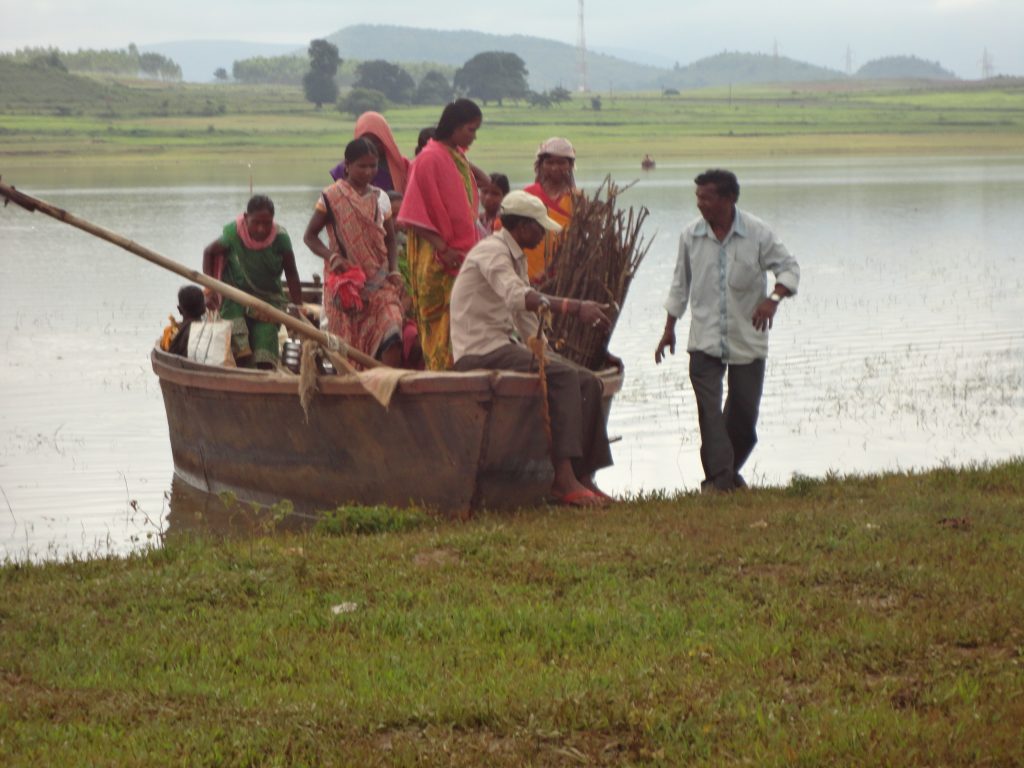
The father, of the new born goes to the nearby forest and sindhiplant is brought. The plant is then planted by bandkininiat the place where cow dung is kept. The bandkininithen feeds a rat or a ghising(chick) with turmeric and rice grain in the name of their ancestors and then it is sacrificed (gudneini), the blood is sprayed around (singlaib) the sindhi plant. The cooked meat of the chick and rice served to the sindhiplant. Then the baby and the mother moved around the plant. The clothes and other materials used by the mother are turned three times around the plant. The bandkinini chants some hymns and gives a cup of water to the eldest mother who sprinkle it everywhere around the house. This marks the end of the sutuk (pollution period).
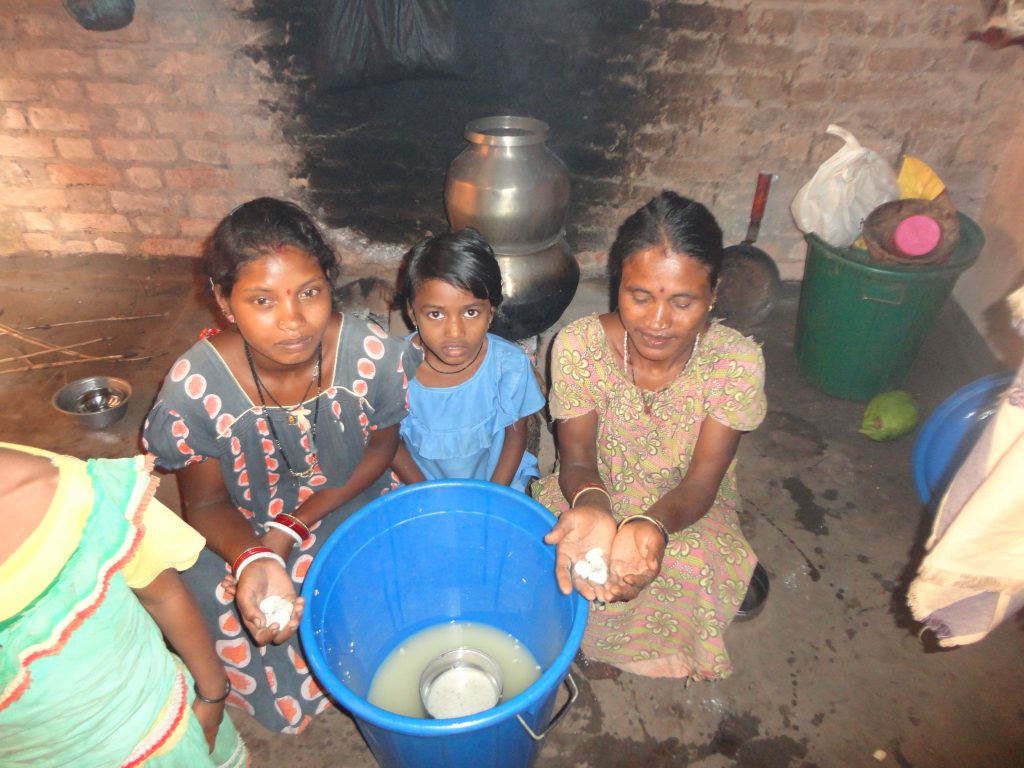
After the birth the mother and the child are usually kept in isolation immediately after delivery, due to beliefs about pollution and impurity linked to the delivery process. The confinement period of postpartum women can be up to 10 days. Confinement is practiced to protect mother and infant from exposure to disease and from evil spirits. Both mother and child are considered to be in a vulnerable state after birth. Generally the women who have recently delivered should receive 3 PNC (Post-Natal Check-up) after the delivery but in the studied village the health worker visit the woman once after delivery and some time she do not visit even for once. Breast feeding is initiated after one day.
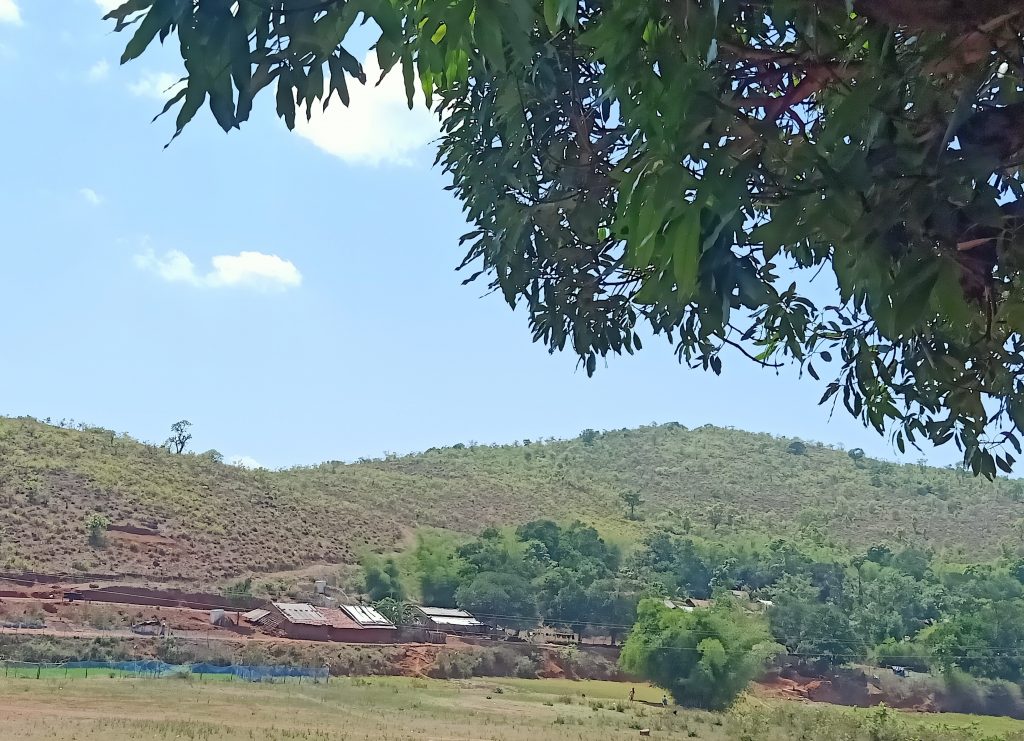
Generally they do not give the first milk of the mother because they perceive that the first milk of mother is somehow heavy food for the baby and baby cannot digest it. A child is breast fed as and when required. Breast feeding continues for about two to three years. A child started taking supplementary food after eight nine months. Supplementary food includes lai(boiled rice), boiled vegetable, pej/ida(gruel) along with mother milk up to 3 year. The pej/idais the most favourite food of all age group of Gadabas from children to old people. It is staple food made up of ragi flour, locally called as mandiai.e, Ellcusionecorroconna flour or some other millet.
(The views expressed are the writer’s own.)
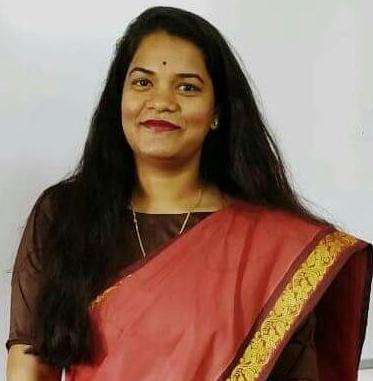
Dr Sili Rout is Assistant Professor & Head Department of Anthropology, Government College (Autonomous), Bhawanipatna, Kalahandi district, Odisha

